You are in: works
Time to Reflect Reality (2020-Ongoning)
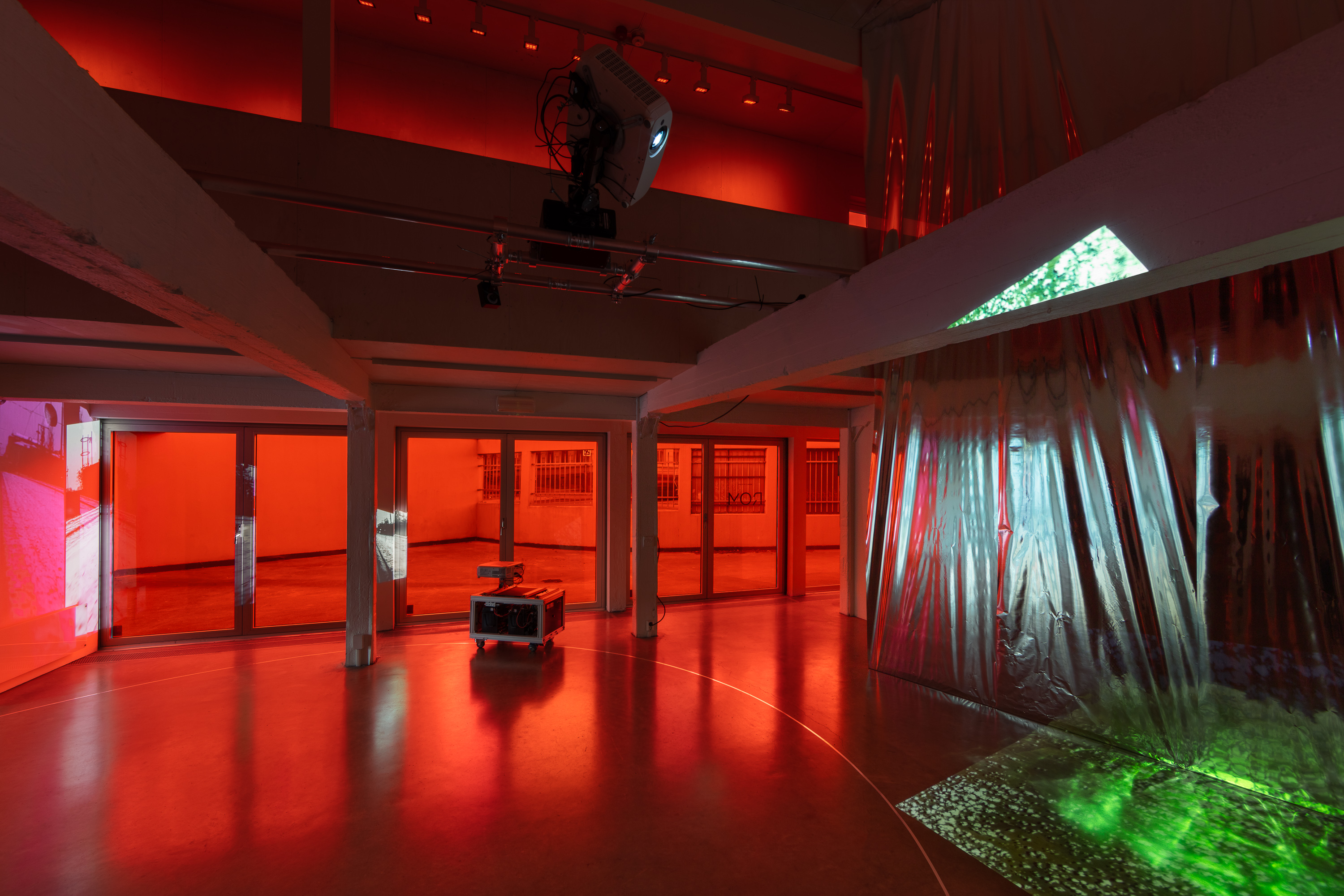
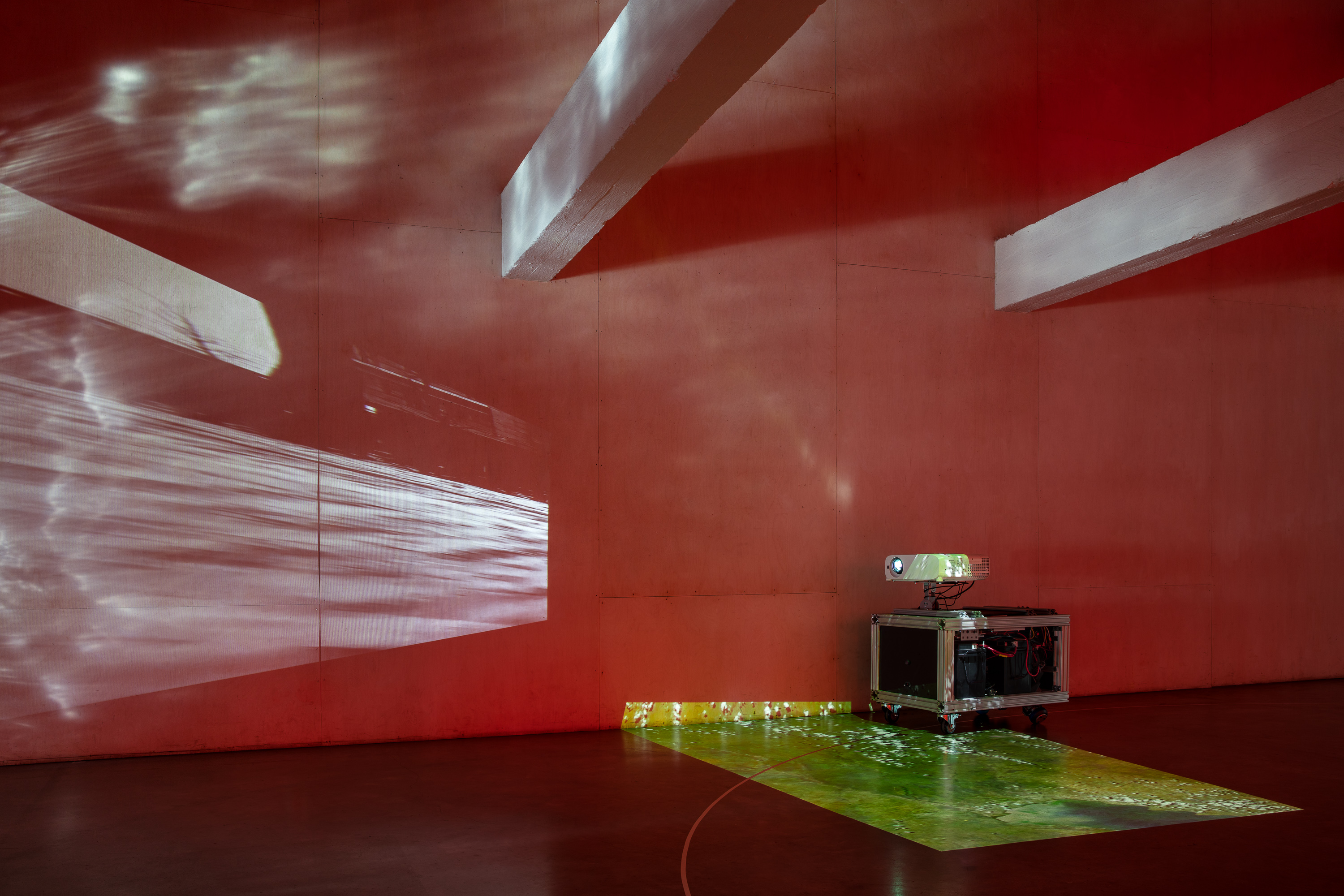
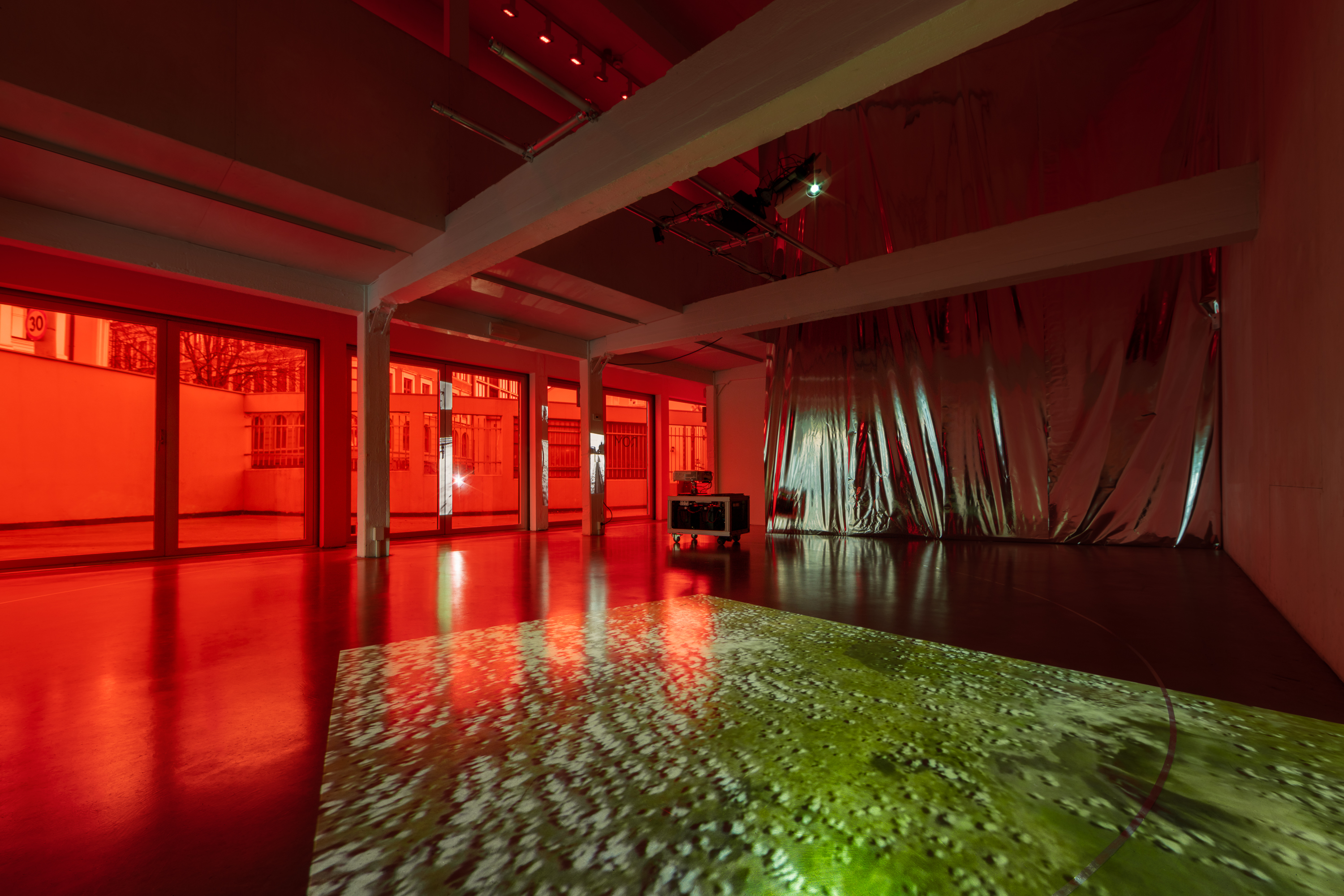
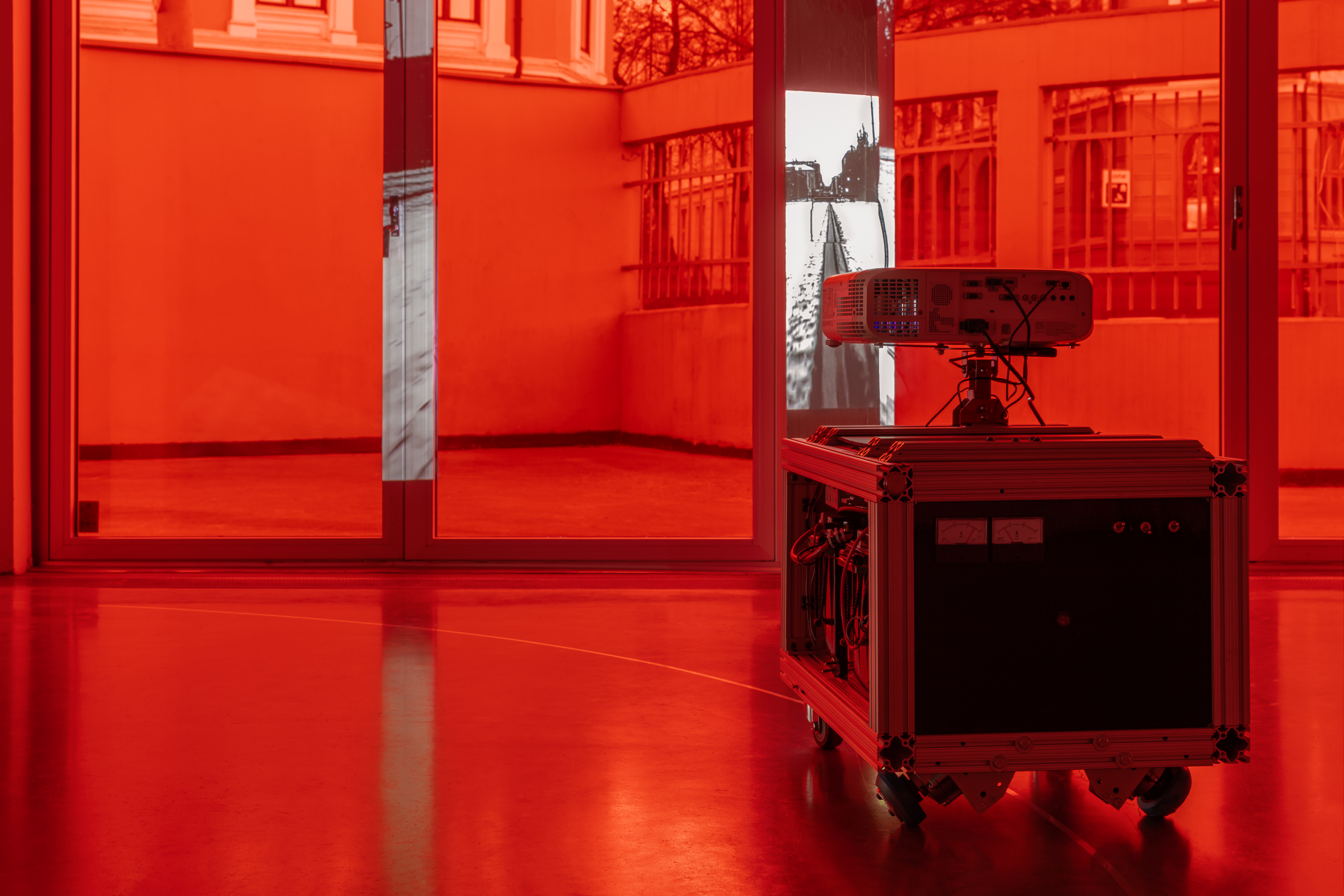
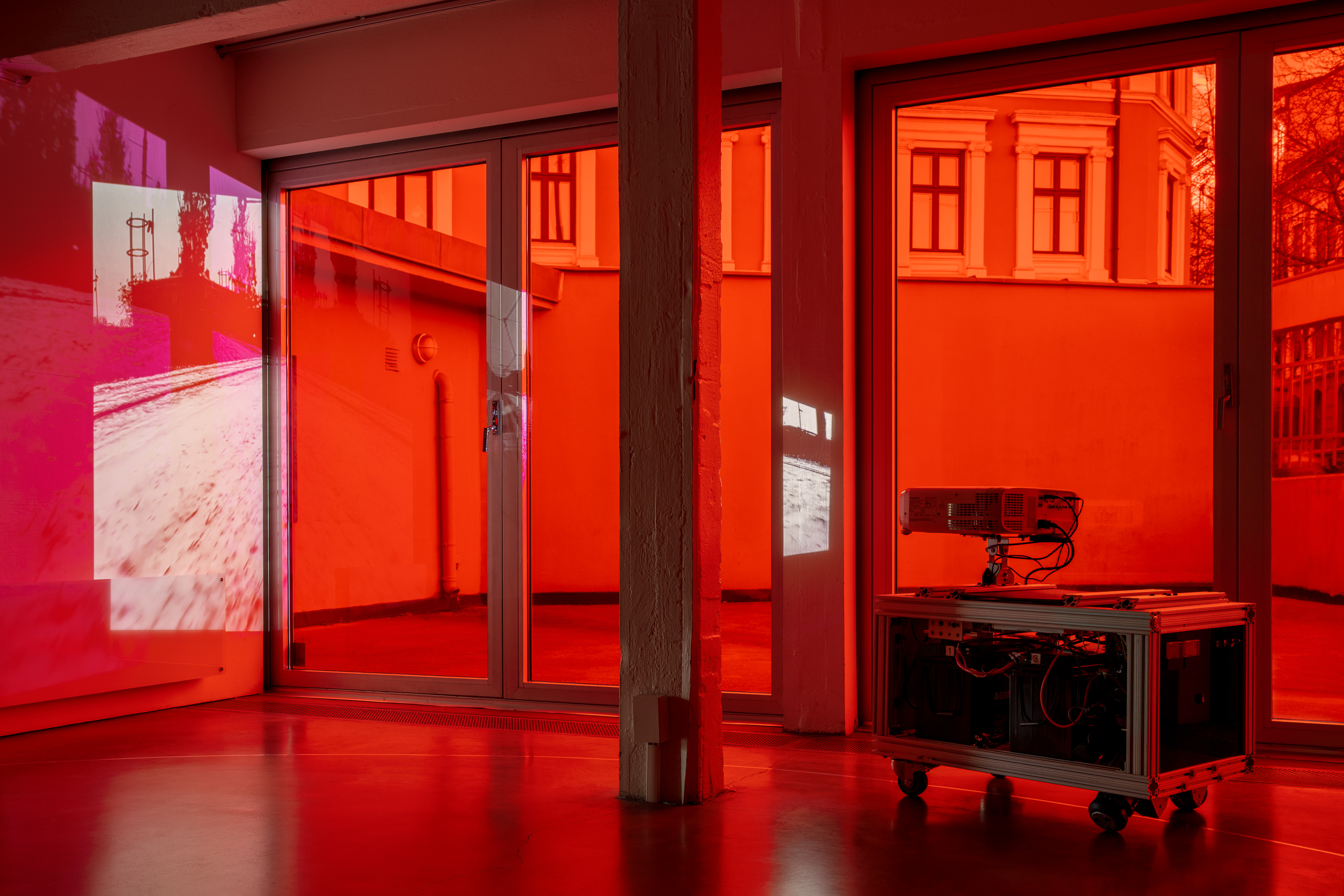
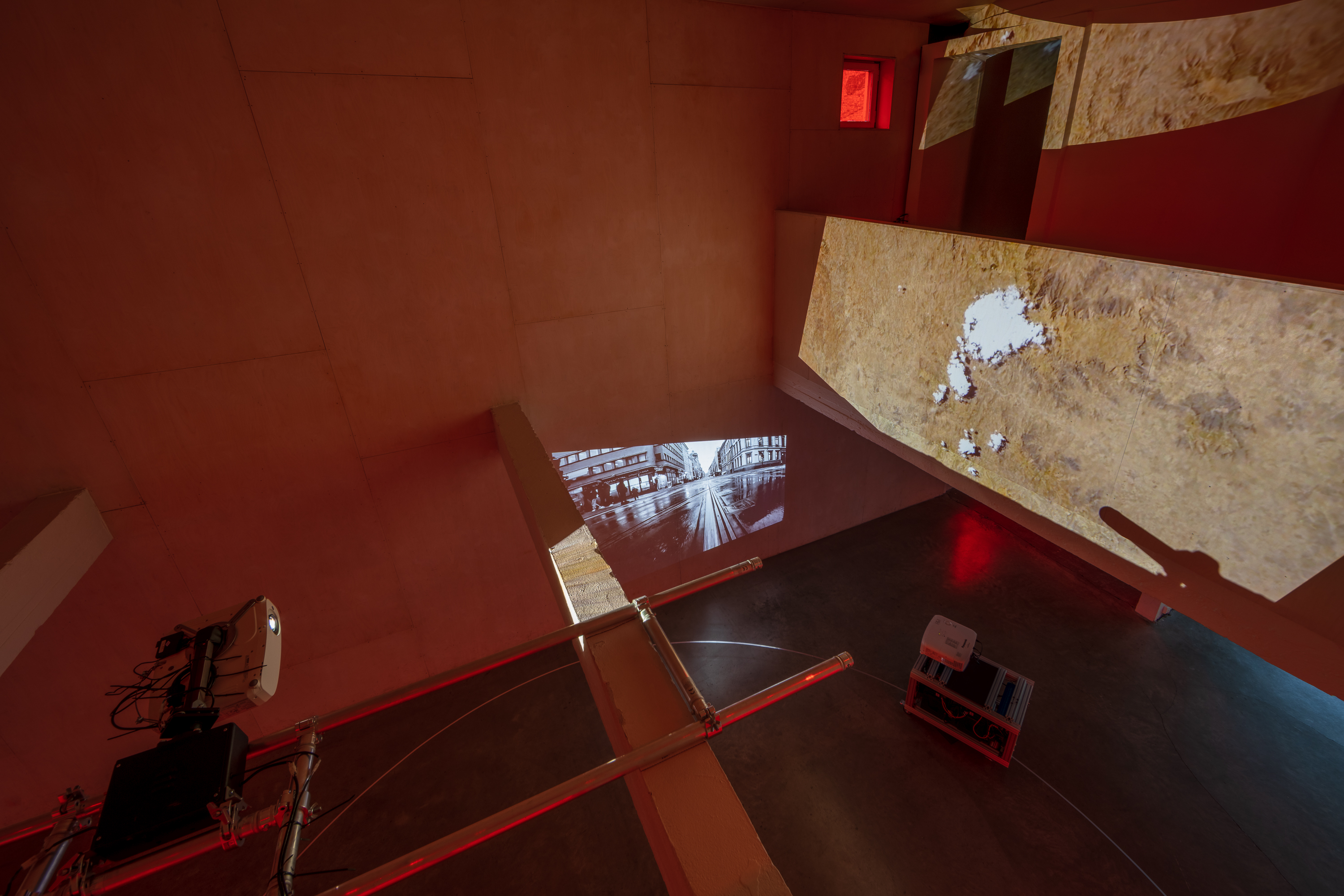
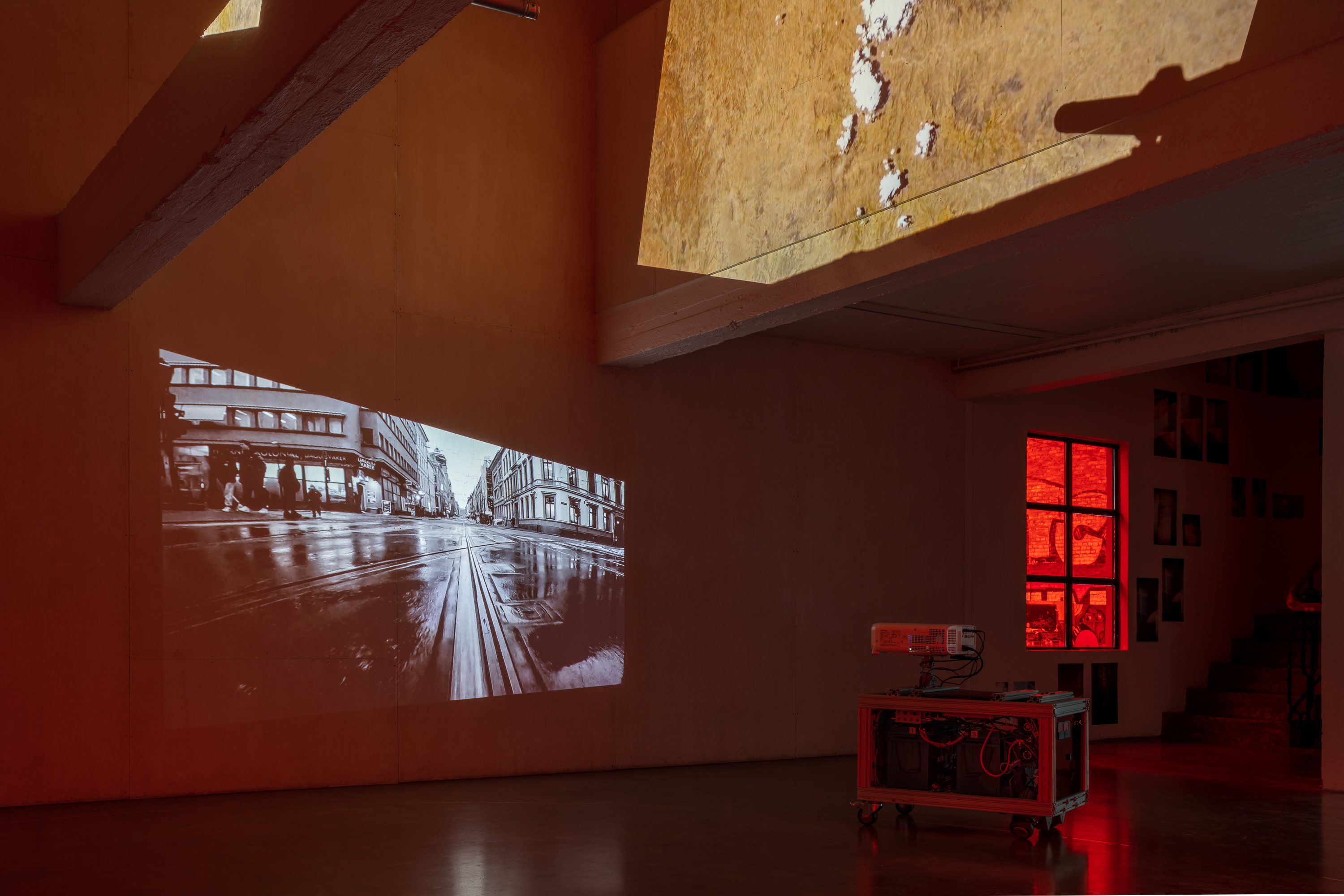
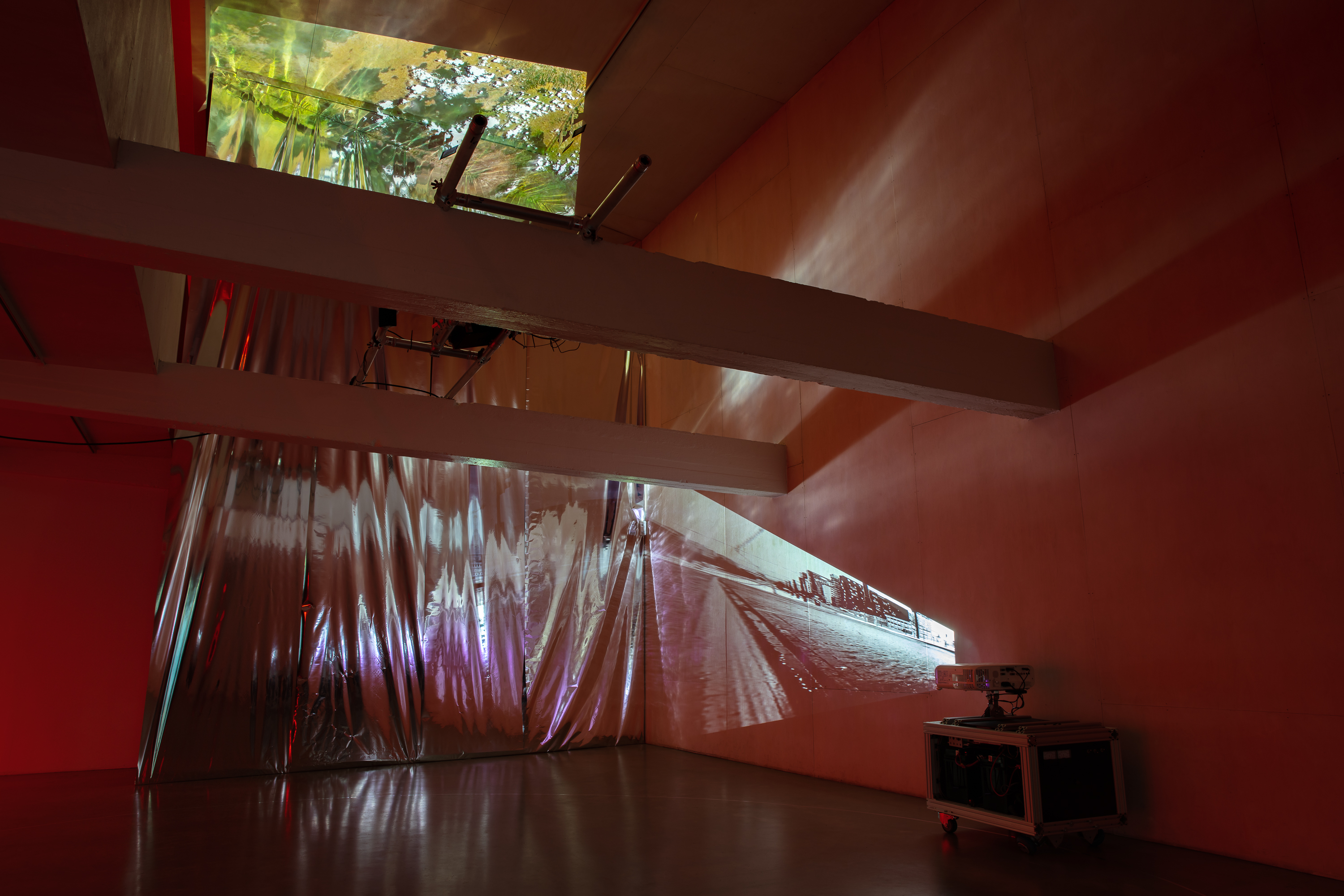
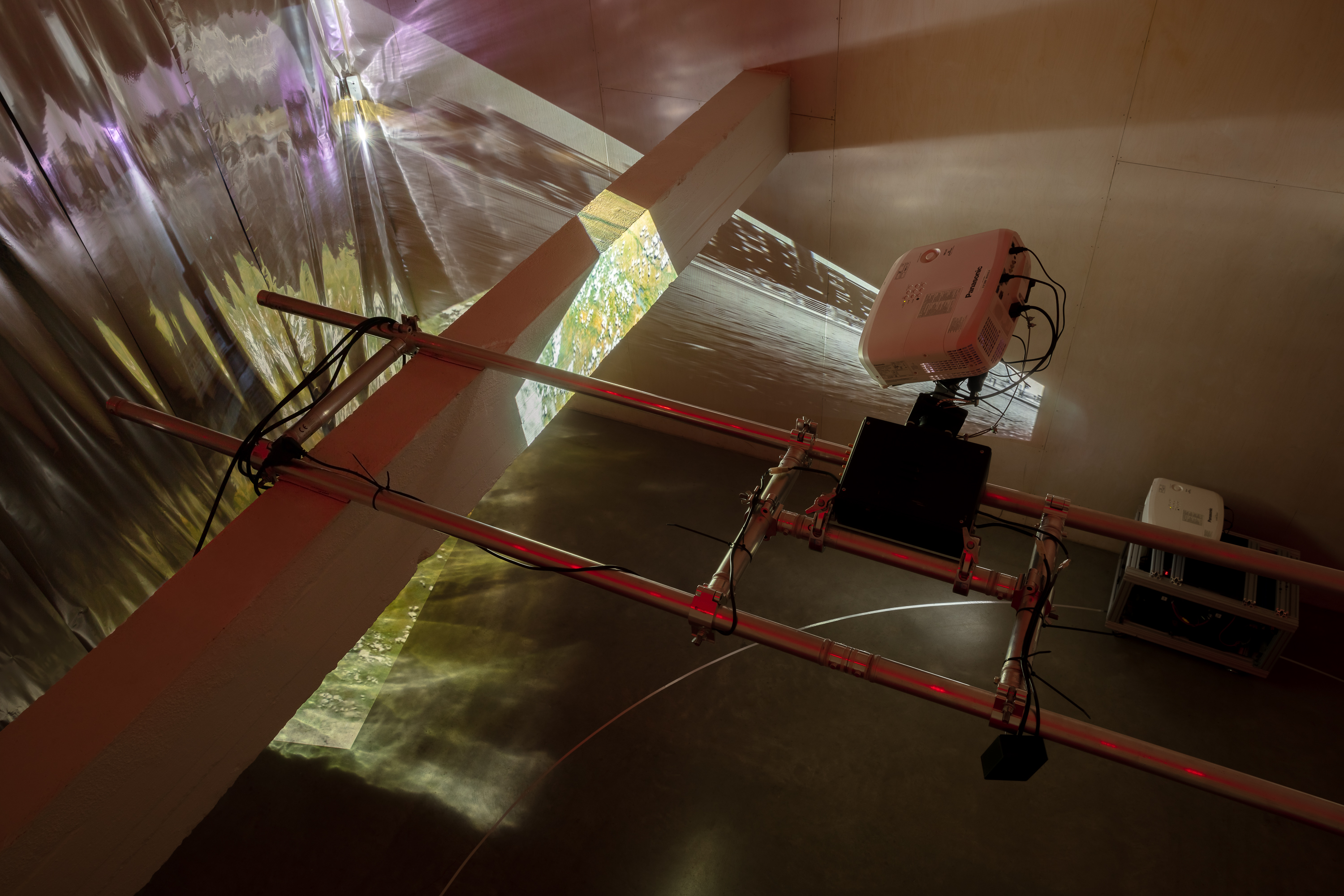
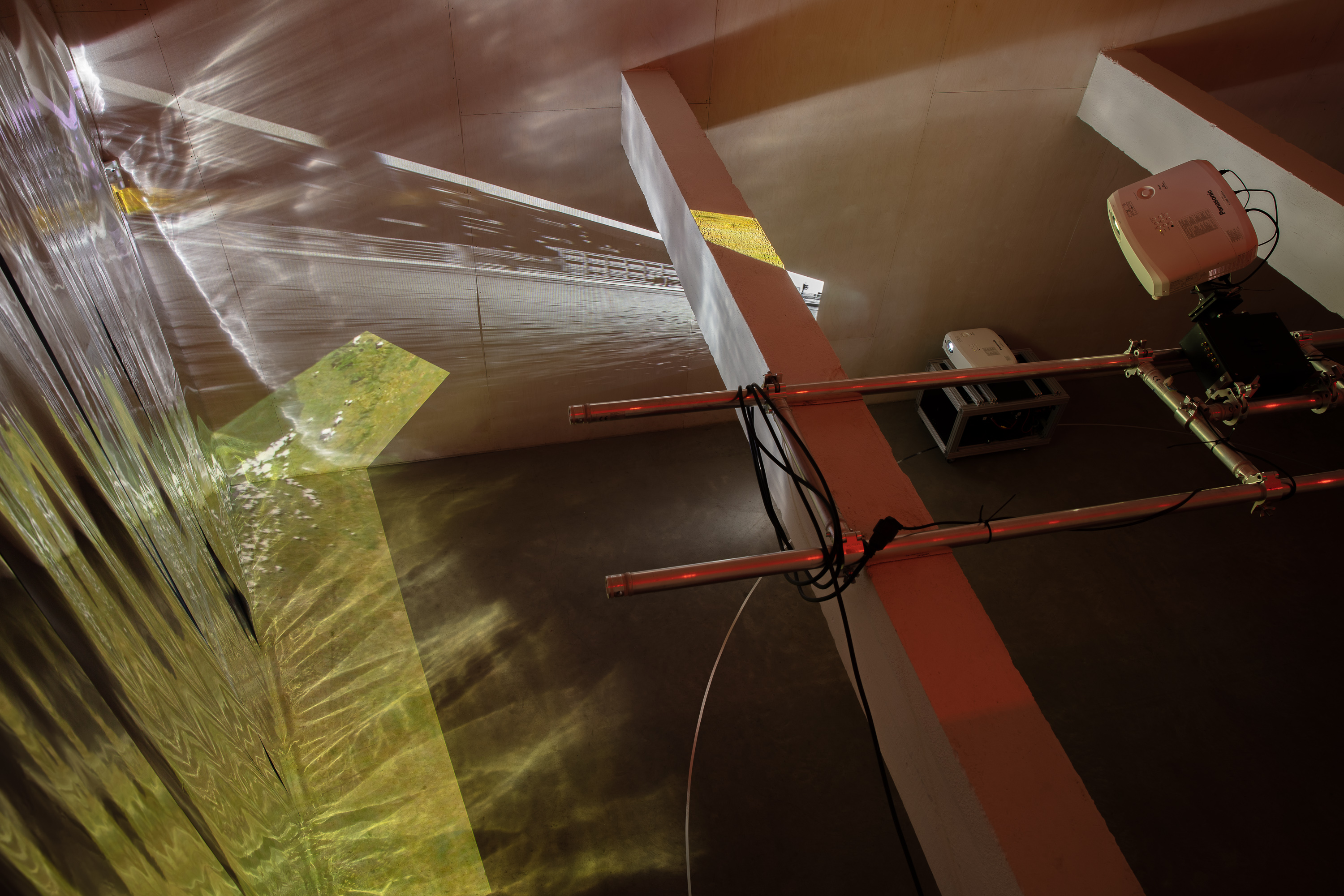
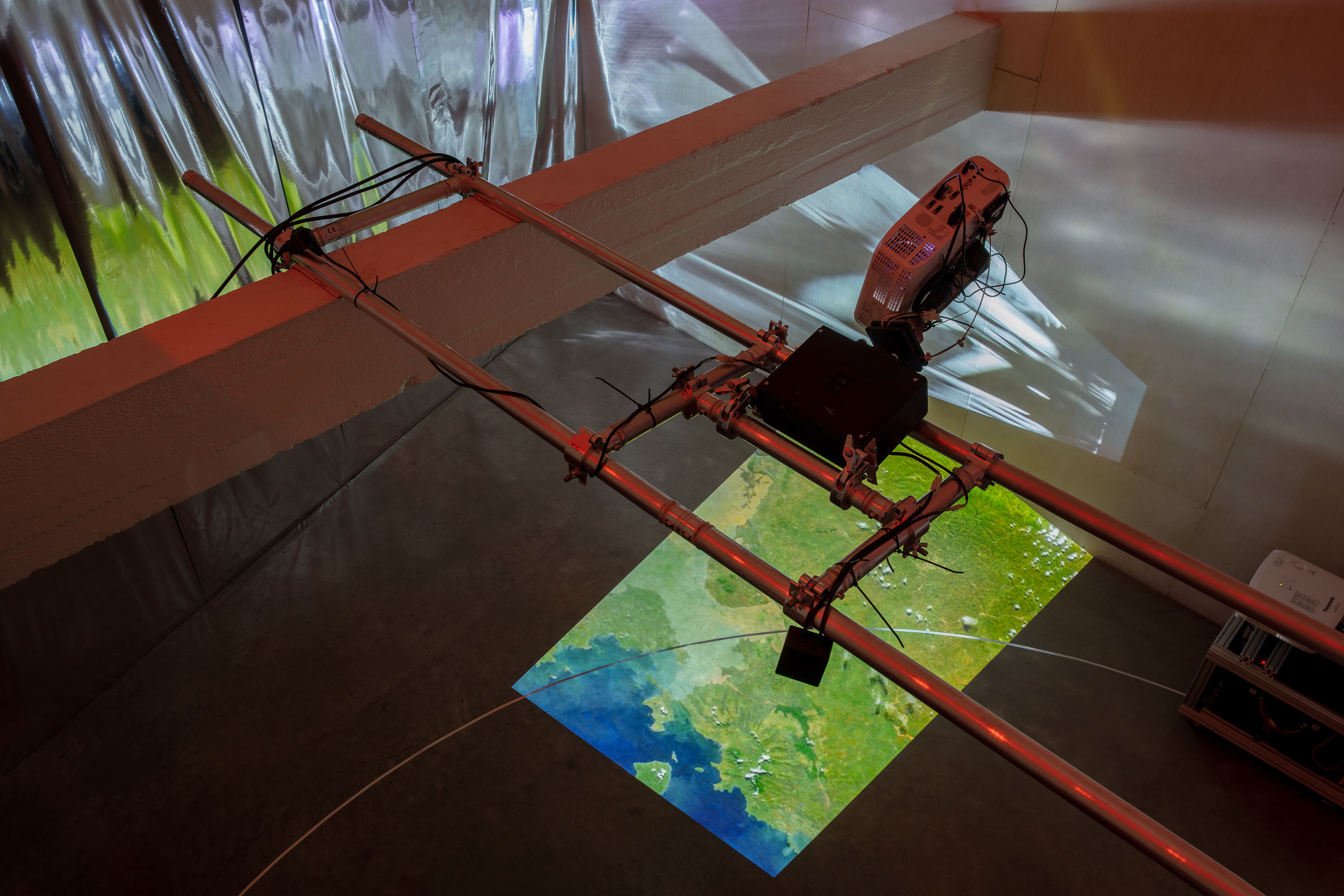
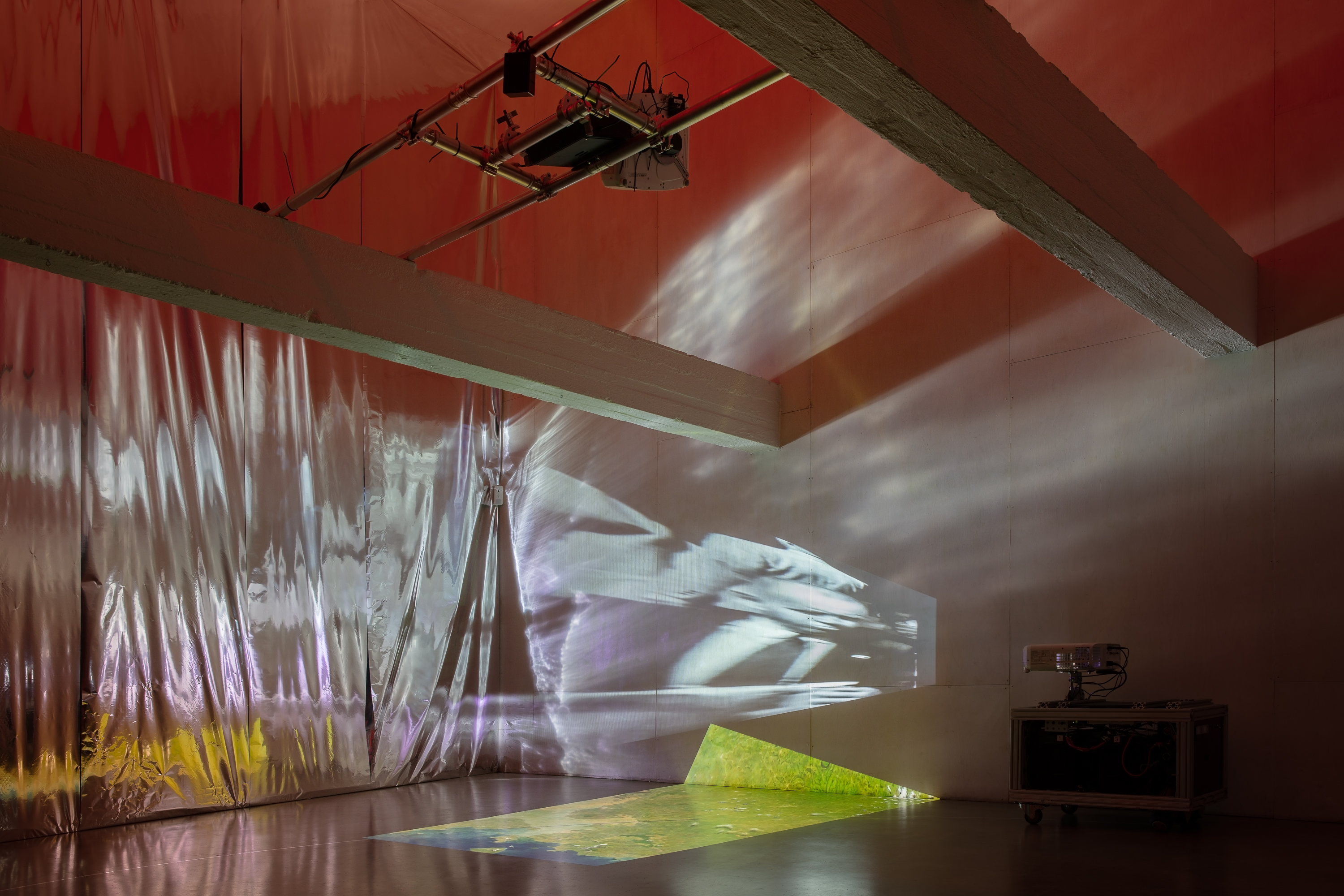
"It's the rails. It is the people who laid the rails, who perhaps died years ago, who are still steering the tram."
Lars Saabye Christensen, Echoes of the City, p. 73.
The ongoing artistic research investigation Time to Reflect Reality (TTRR) explores how advances in machine vision and generative AI are transforming our perception of urban space and mobility. Rather than a finalized work, TTRR is an evolving inquiry that experiments with alternative cartographies and artistic interventions into AI-driven urban sensing.
A prototype of the video installation was exhibited as part of the Urban Ecologies project at ROM in 2021. This version featured two kinetic video projections, a Mylar curtain, and red-tinted windows. One projector was mounted on a self-driving vehicle in motion, displaying a combination of historical tram films from Oslo, Bergen, and Trondheim (1908–1950) from the National Library’s archive, alongside contemporary tram footage from Oslo. These so-called phantom rides—where a camera is attached to the front of a moving tram—create a continuous, automated gaze over the city. The second projector, attached to a slowly rotating mechanism, presented a 360-degree vertical loop of NASA satellite imagery, displaying the Earth's surface as recorded from orbit.
The project critically examines the growing reliance on real-time digital geographies for self-driving vehicles and smart city infrastructures. The term Time To Reflect Reality originates from the system’s processing time to generate high-definition contextual maps for autonomous navigation. However, this research shifts focus from the technical efficiency of self-driving cars to the broader implications of machine vision and generative AI as active agents in shaping urban perception.
By integrating historical and contemporary imaging technologies, the installation generates alternative cartographies within the exhibition space. TTRR continues to develop through ongoing experimentation with Cinéma Trouvé—a specific cinematic experience outside the conventional cinematic apparatus—and the role of generative AI in constructing and distorting urban spatial narratives. The project critically engages with the increased presence of automated vision and the ability to imagine alternative ways of seeing and moving through cities.
The sound in the installation is from the project Hum of the Tram—H.O.T.T. Revisited (2009-2021), where sound artist Siri Auseen revisits the sound from Oslo tram 137 and recontextualizes the project Hum of the Tram (2009) in dialog with TTRR.
The self-driving vehicle in TTRR has been developed in collaboration with Chris Myers at the CITRIS Invention Lab, University of California, Berkeley, and Tønnes Frostad Nygaard at the Department of Informatics, University of Oslo.
Hum of the Tram was part of the project Manual for the construction of a sound as a device to elaborate social connection organized by Brandon LaBelle / Jana Winderen for Ultima 2009. Conductor: Leif Inge Xi, mix: Ingar Hunsgaard and Siri Austeen.
Generous support for this project was made available by The Cultural Fund and The Audio and Visual Fund, Arts Council Norway, Billedkunstnernes Vederlagsfond, The Fritt Ord Foundation, The National Library of Norway, and Vindusfilm.no.
Time to Reflect Reality is part of the collective artistic research project Urban Ecologies: City Sensing Beyond the Human, initiated and led by Bull.Miletic at ROM for Art and Architecture, Oslo. The project has three public dissemination periods beginning with a two-week studio period completed in June 2020, an exhibition period in February 11–March 21. 2021, and an ongoing book project.
Time to Reflect Reality has been presented at the following conferences and seminars:
- Deep City: Climate Crisis, Democracy and the Digital, 2020–21 International Latsis Symposium - Open Forum Rolex Learning, Center and Place - Cosandey EPFL-Ecole polytechnique fédérale de Lausanne, (peer reviewed), March 25, 2021.
- Media Aesthetic Workgroup, University of Oslo, Norway, March 5, 2021.
- 109th CAA Annual Conference, NY, USA, (peer reviewed), February 10–13, 2021.
- Feed-back, Feed-forward, Multiplier Seminar for Doctoral Supervisors in Artistic Research, as an online event hosted by the Orpheus Institute, Ghent, (peer reviewed), November 25–26, 2020.